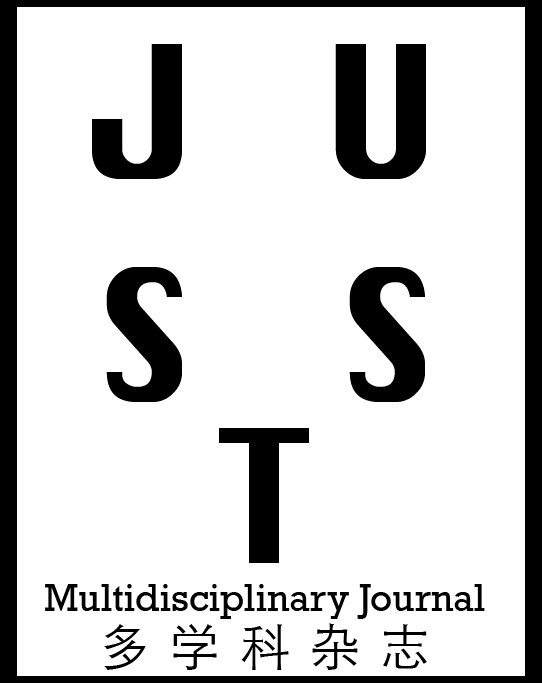Irshad Gulzar, Research Scholar
Department of Mechanical Engineering, School of Engineering, RIMT University, Mandigobindgarh, Punjab, India-147301.
Dr. Manish Kumar Gupta, Assistant Professor
Department of Mechanical Engineering, School of Engineering, RIMT University, Mandigobindgarh, Punjab, India-147301.
Thermal Parametric Study of Butt Joints Using Friction Stir Welding
Authors
Abstract
The purpose of this study is to look at the mechanical and microstructural properties of dissimilar 2024 and 7075 aluminum sheets that have been welded together using friction stir welding (FSW). The two sheets, which were aligned with perpendicular rolling directions, were successfully fused; the welded sheets were then tested under strain at room temperature to determine the mechanical response to the materials for the parents Since the fatigue behavior of light metals is known, the fatigue endurance (S–N) curves of welded joints have been achieved. A resonant electro-mechanical testing machine load is the best performance indicator for a significant part of industrial applications; welded sheets is the best performance indicator for a big part of industrial applications. At a load frequency of around 75 Hz, a constant load ratio R = 0.1 was employed. The microstructure that formed as a result of the FSW Optical and scanning electron microscopy have been used to investigate the process, both on ‘as welded’ specimens and on tested specimens following a rupture
